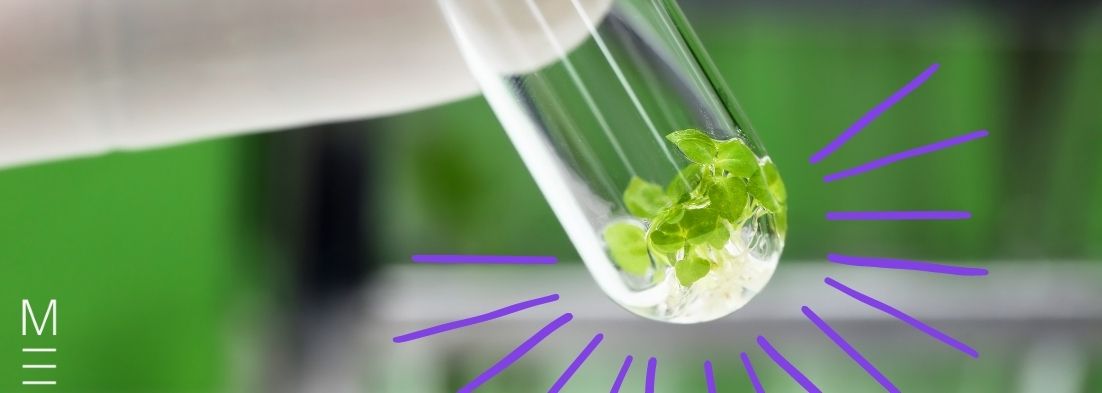Welcome to Matrix Education
To ensure we are showing you the most relevant content, please select your location below.
Select a year to see courses
Learn online or on-campus during the term or school holidays
Learn online or on-campus during the term or school holidays
Learn online or on-campus during the term or school holidays
Learn online or on-campus during the term or school holidays
Learn online or on-campus during the term or school holidays
Learn online or on-campus during the term or school holidays
Learn online or on-campus during the term or school holidays
Get HSC Trial exam ready in just a week
Get HSC exam ready in just a week
Select a year to see available courses
Science guides to help you get ahead
Science guides to help you get ahead
How confident are you with Cells as the Basis of Life? Well, there's one way to find out. A practice test!

Join 75,893 students who already have a head start.
"*" indicates required fields
You might also like
Related courses

Join 8000+ students each term who already have a head start on their school academic journey.
Have you mastered Year 11 Biology Module 1? Test yourself with these 10 practice questions.
You can find the answers at the bottom of the page.
Outline the three tenets of classical cell theory.
Identify THREE differences between eukaryotes and prokaryotes.
Explain how the structure of mitochondria relates to its function.
True or false?
Small, non-polar and neutral substances such as water, carbon dioxide and oxygen move through the phospholipid bilayer via active transport.
Outline how plants obtain energy.
Identify the structures labelled A, B and C in this lock and key model diagram.
Outline the main differences between aerobic and anaerobic respiration.
True or false?
The movement of water from areas of high concentration to areas of low concentration is called osmosis.
A scientist wishes to visualise the detail of organelles within a cell.
Which of the following is the best technique to use?
(a) Transmission electron microscopy
(b) B. Scanning electron microscopy
(c) C. Staining
(d) D. Phase-contrast microscopy
True or false?
Endocytosis is the process that transports materials such as hormones and waste products out of the cell.
At Matrix, our specialised Biology teachers and comprehensive resources will help you expand your knowledge, to ace your exams!
Don't just memorise. Understand.
Expert teachers, weekly quizzes, one-to-one help! Ace your next Biology assessment with Matrix+ Online.
Eukaryotes
Prokaryotes
The inner mitochondrial membrane has many folds called cristae that increase its surface area while maintaining a relatively small volume.
As cellular respiration reactions occur on the inner membrane, high surface area maximises the rate of cellular respiration to efficiently produce ATP and meet the energy demand of the cell.
False
Plants are autotrophs that make their own food through the process of photosynthesis.
Photosynthesis is a two-step process:
A = Substrates
B = Enzyme
C = Product
True
(a) Transmission electron microscopy
False
Written by Matrix Science Team
The Matrix Science Team are teachers and tutors with a passion for Science and a dedication to seeing Matrix Students achieving their academic goals.© Matrix Education and www.matrix.edu.au, 2025. Unauthorised use and/or duplication of this material without express and written permission from this site’s author and/or owner is strictly prohibited. Excerpts and links may be used, provided that full and clear credit is given to Matrix Education and www.matrix.edu.au with appropriate and specific direction to the original content.